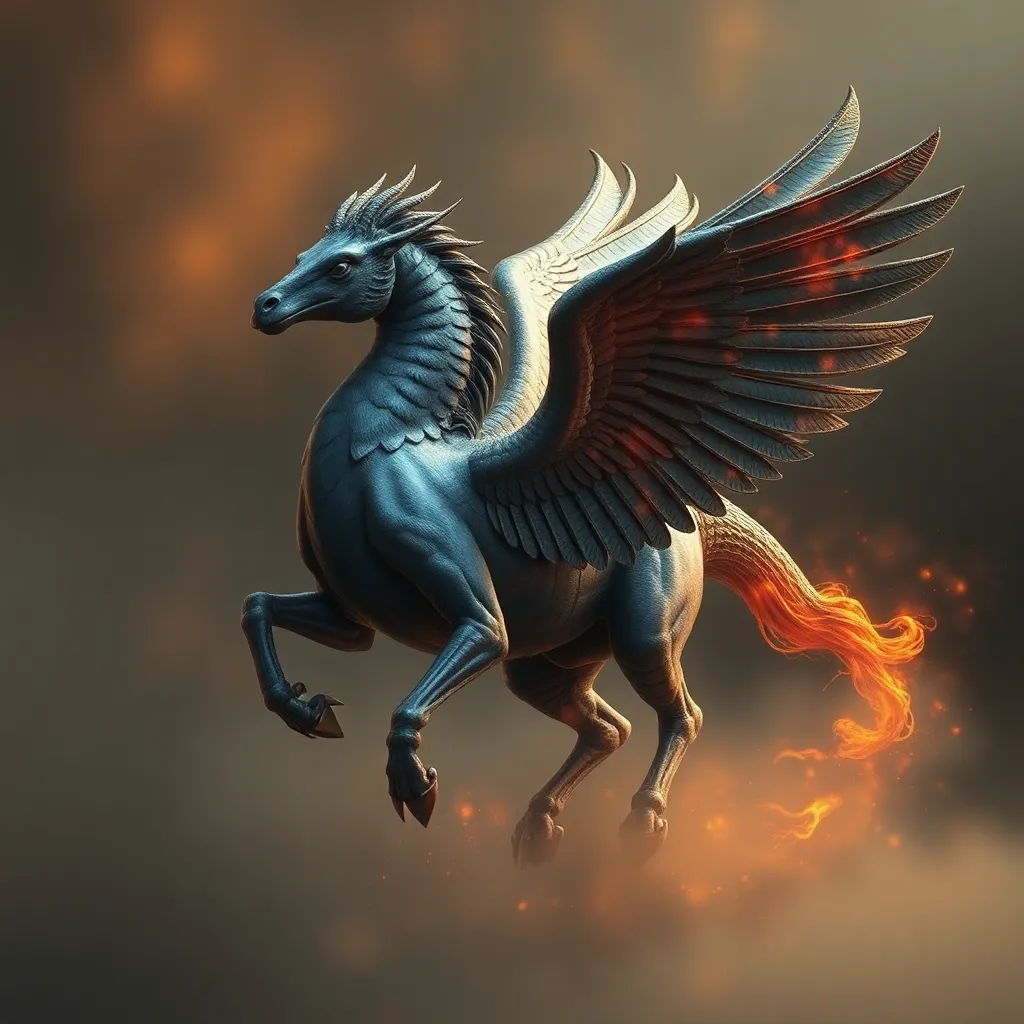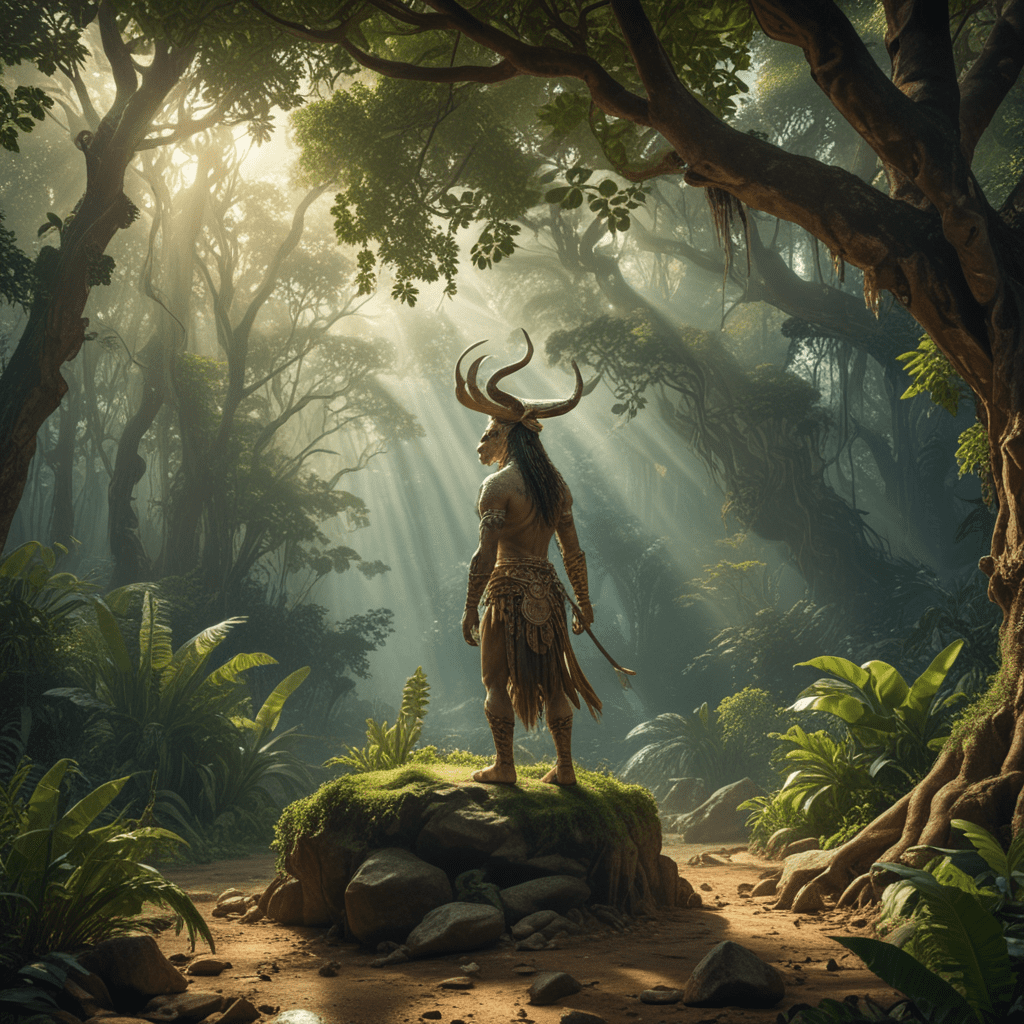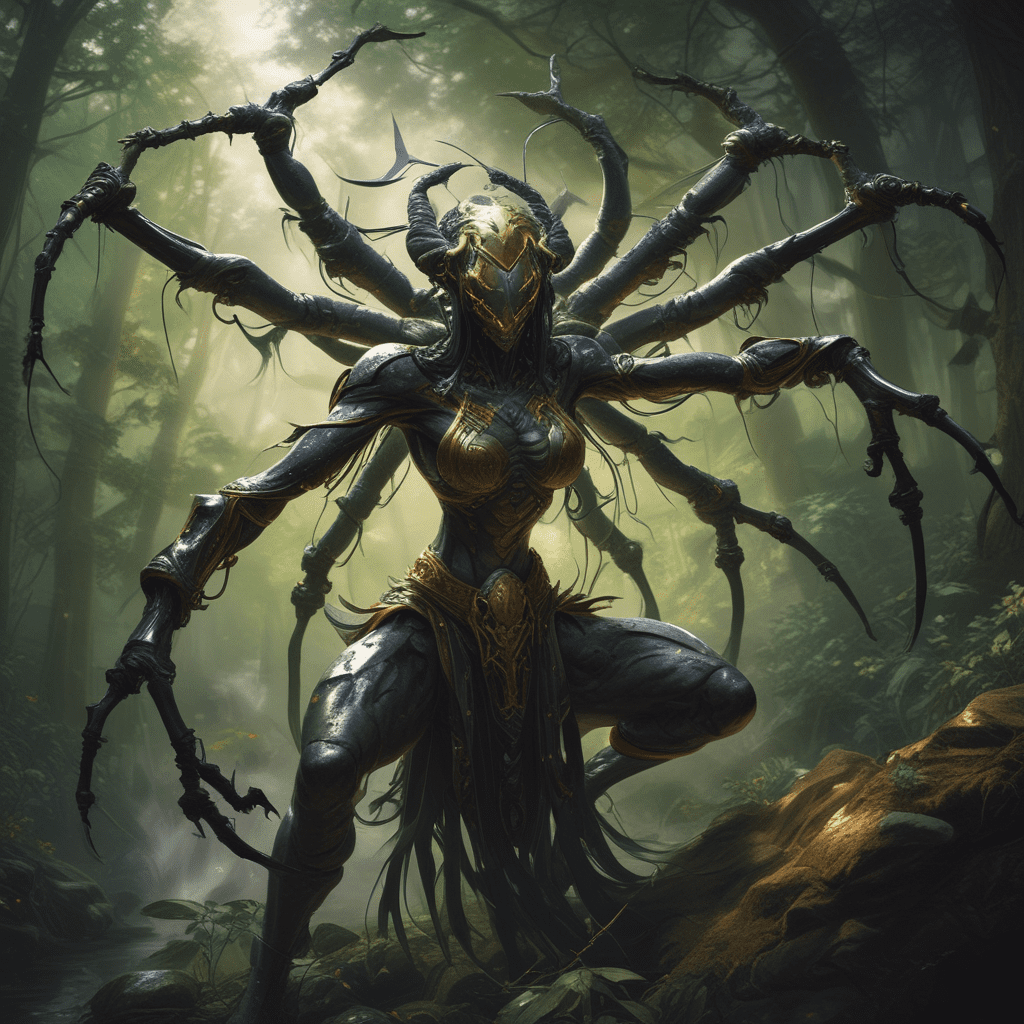The Roman Hippogriff: A Fusion of Myth and Reality
1. Introduction
The hippogriff is a fascinating creature that has captured the imagination of many throughout history. With its distinctive combination of a horse’s body and an eagle’s head and wings, the hippogriff epitomizes the blend of different elements that characterize much of classical mythology. Exploring the hippogriff within the Roman context allows us to appreciate its symbolic significance and the cultural values it represents in ancient society.
2. Origins of the Hippogriff in Mythology
The hippogriff is defined as a mythical creature that possesses the foreparts of an eagle and the hindquarters of a horse. This unique anatomy not only makes it visually striking but also symbolizes the convergence of two worlds: the celestial and the terrestrial.
The roots of the hippogriff can be traced back to ancient mythology, particularly influenced by Greek and Roman traditions. In the context of these ancient cultures, hybrid creatures were often seen as embodiments of both danger and wonder, reflecting the complexities of nature and the unknown.
3. The Hippogriff in Roman Literature
One of the most significant literary references to the hippogriff appears in Ludovico Ariosto’s epic poem “Orlando Furioso,” written in the early 16th century. In this work, the hippogriff is portrayed as a noble steed capable of flight, symbolizing the heroic aspirations of its rider.
The hippogriff’s presence in Roman literature signifies various themes, including the struggle between good and evil, the pursuit of honor, and the quest for freedom. This creature serves as a metaphor for the ideal qualities that Romans aspired to, such as bravery, nobility, and a connection to the divine.
4. The Fusion of Different Mythical Creatures
The anatomy of the hippogriff, with its eagle’s head and wings combined with a horse’s body, speaks to the ancient Roman fascination with hybrid creatures. These beings often served as allegories for the blending of different forces, such as strength and grace, wisdom and power.
- Eagle: Represents the heavens, power, and nobility.
- Horse: Symbolizes earthly strength, freedom, and endurance.
In Roman mythology, hybrids like the hippogriff were not merely fanciful creations; they reflected deeper philosophical and spiritual concepts, illustrating the interconnectedness of various elements of existence.
5. The Hippogriff as a Cultural Symbol
The hippogriff emerged as a cultural symbol that represented ideals such as nobility, freedom, and the pursuit of one’s destiny. In art and heraldry, it was often depicted alongside knights and noble figures, symbolizing courage and the quest for honor.
During the Roman era, the hippogriff’s representation in various forms of art included:
- Sculptures and reliefs showcasing its majestic form.
- Illuminated manuscripts that depicted heroic scenes involving the creature.
- Heraldic emblems used by noble families to signify their valor and prestige.
This creature’s dual nature made it a powerful symbol of the balance between earthly concerns and heavenly aspirations.
6. Historical Interpretations and Misinterpretations
Throughout history, the hippogriff has been depicted in various ways, leading to a range of interpretations. Early representations emphasized its majestic and noble qualities, while later adaptations sometimes focused more on its fantastical and whimsical aspects.
Misinterpretations of the hippogriff often stemmed from its hybrid nature, leading some to view it as a mere fantasy creature devoid of deeper significance. However, modern adaptations have seen a resurgence in its popularity, particularly in literature and film, where it is often portrayed as a symbol of freedom and adventure.
7. The Legacy of the Hippogriff Today
The influence of the hippogriff extends into contemporary literature and media, where it continues to inspire writers and creators. This mythical creature has appeared in various forms, including:
- Films: The hippogriff has been featured in popular movie adaptations of fantasy literature, such as the “Harry Potter” series.
- Books: Modern authors frequently reference the hippogriff in fantasy novels, highlighting its enduring allure.
- Games: Role-playing games and video games often incorporate the hippogriff as a mount or companion, showcasing its adventurous spirit.
The hippogriff’s legacy is a testament to its lasting appeal as a symbol of freedom, nobility, and the extraordinary possibilities that lie within the realms of imagination.
8. Conclusion
In conclusion, the hippogriff holds a significant place in Roman mythology, representing a fusion of different cultural elements and ideals. Its unique characteristics and symbolic meanings resonate with the values of nobility, freedom, and adventure, making it an enduring figure in both historical and contemporary contexts.
The legacy of the hippogriff continues to thrive, as it captures the hearts and imaginations of people across generations. Its ability to transcend time and adapt to new narratives speaks to the powerful nature of myth and its role in shaping human understanding and creativity.



